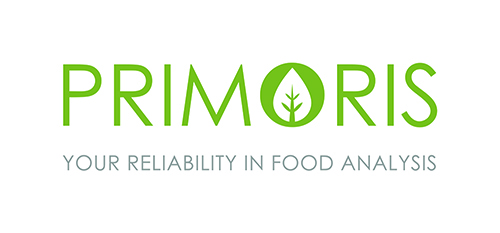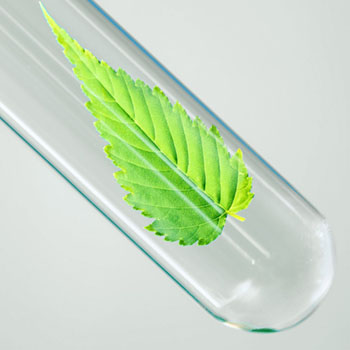|
 |
Newsletter #4 – June 2016 |
|
|
Analysis of PAH under accreditation for different matricesSince 2012, Primoris has developed a method for the analysis of Polycyclic Aromatic Hydrocarbons (method name PAH) on human / animal foods and oils. This method will be accredited as from June 15th for the analysis of the following substances:
The accreditation applies to different complex matrices:
What are PAHs?Polycyclic aromatic hydrocarbons (PAHs) constitute a large class of organic compounds that are composed of two or more fused aromatic rings. They are primarily formed by incomplete combustion or pyrolysis of organic matter and during various industrial processes. PAHs generally occur in complex mixtures which may consist of hundreds of compounds. Humans are exposed to PAHs by various pathways. While for non-smokers the major route of exposure is consumption of food, for smokers the contribution from smoking may be significant. Food can be contaminated from environmental sources, industrial food processing and from certain home cooking practices. Scientific studies conclude that these PAHs can be regarded as potentially genotoxic and carcinogenic to humans. LegislationThe limits for PAHs are set in Regulation (EC) 1881/2006 and subsequent amendments.
|
|

|
|
